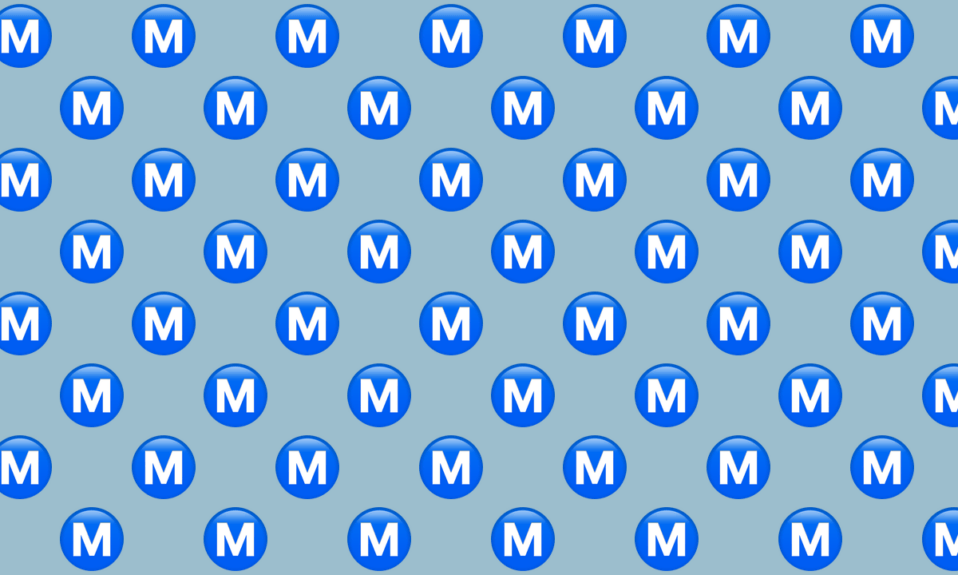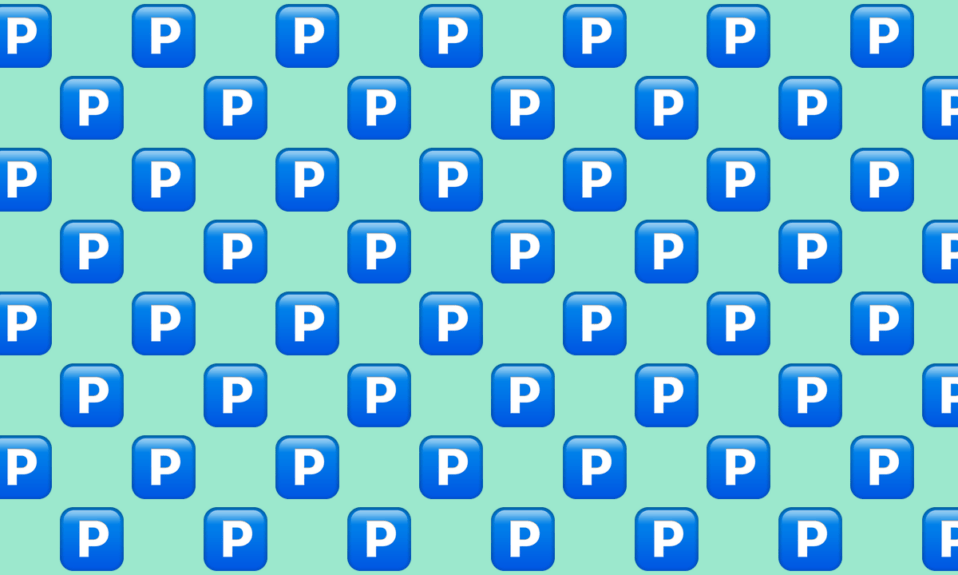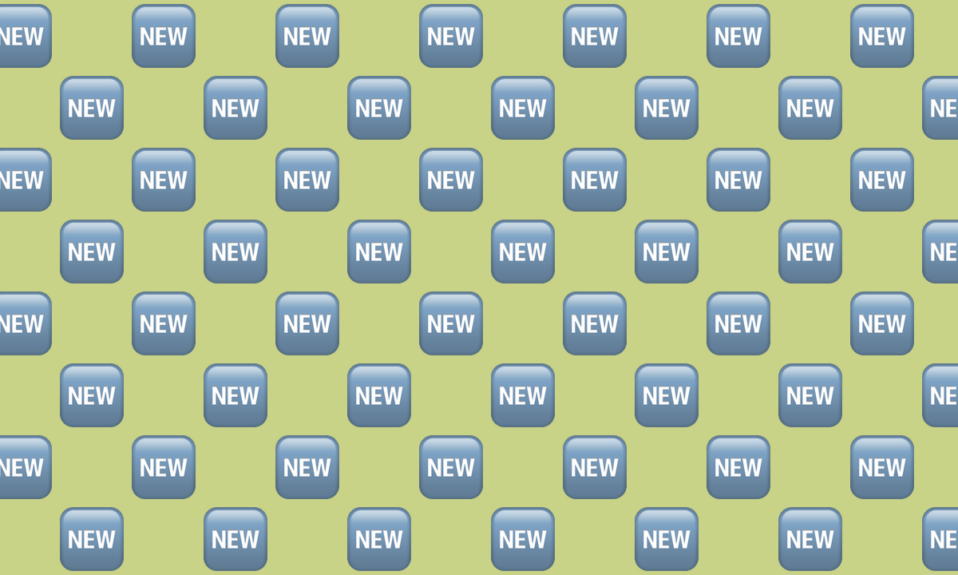What Does 🉑 Japanese “Acceptable” Button Emoji Mean?
The 🉑 Japanese “acceptable” button emoji is a symbol that represents acceptance or approval. It is often used to indicate that something is suitable, appropriate, or meets certain standards. Here are some possible meanings and uses of the 🉑 Japanese “acceptable” button:
-
Acceptance and Approval: The 🉑 Japanese “acceptable” button is commonly used to show acceptance or approval of something. It can be used to indicate that you agree with a statement, support a decision, or are okay with a particular situation.
- “I’m fine with going to that restaurant for dinner 🉑”
- “Your idea sounds good to me 🉑”
-
Agreement and Consent: The 🉑 Japanese “acceptable” button can also be used to express agreement or consent. It can be used to show that you agree with someone’s opinion, give your permission, or indicate that you are on board with a plan.
- “I agree with what you said 🉑”
- “You have my consent to proceed with the project 🉑”
-
Understanding and Acknowledgment: The 🉑 Japanese “acceptable” button can be used to show that you understand or acknowledge something. It can be used to indicate that you have received and accepted information, or that you are aware of a particular fact.
- “I understand what you’re saying 🉑”
- “I acknowledge your request and will take it into consideration 🉑”
-
Confirmation and Validation: The 🉑 Japanese “acceptable” button can also be used to confirm or validate something. It can be used to show that you agree with a statement, confirm a decision, or validate someone’s feelings or experiences.
- “I confirm that the information you provided is correct 🉑”
- “Your feelings are valid and understandable 🉑”
-
Positive Response: The 🉑 Japanese “acceptable” button can be used as a positive response to a question or request. It can be used to show that you are willing to comply with a request or that you are open to a suggestion.
- “Can you help me with this task?” “Sure, I can help 🉑”
- “Would you like to join us for dinner?” “Yes, I would love to 🉑”
The 🉑 Japanese “acceptable” button is a versatile emoji that can be used in various contexts to express acceptance, agreement, understanding, and validation. You can also find more emojis related to positive responses and agreement on our website, such as the 👍 thumbs up emoji or the ✅ check mark emoji.
🉑 Japanese “Acceptable” Button Design




🉑 Japanese “Acceptable” Button Emoji Meaning From A Girl?
When a girl uses the 🉑 Japanese “acceptable” button emoji, it typically indicates the following:
- Agreement or Acceptance: The girl is expressing agreement or acceptance of a statement, decision, or situation. She is indicating that she is okay with it and has no objections.
- Understanding and Consent: The emoji can also convey understanding and consent. The girl is showing that she understands what is being communicated and gives her consent or approval.
- Positive Response: The 🉑 Japanese “acceptable” button can be used as a positive response to a question or request. The girl is indicating that she is willing to comply with the request or is open to a suggestion.
Tips on how to reply to the 🉑 Japanese “acceptable” button emoji from a girl:
- Mirror her response: If the girl used the emoji to indicate agreement or acceptance, you can respond by acknowledging her response and mirroring her tone. For example, you can reply with another 🉑 emoji to show that you also agree or accept.
- Express gratitude: If the girl’s reply was in response to a favor or request, you can thank her for her acceptance or agreement. It shows appreciation for her willingness to comply.
- Ask for clarification: If you’re unsure about the context or meaning behind the emoji, it’s best to ask for clarification. This shows that you are engaged in the conversation and want to understand her communication better.
Examples of how girls typically use the 🉑 Japanese “acceptable” button over text:
- “Are you free for dinner tonight?” “Yes, I’m available 🉑”
- “I think we should go with the blue color for the logo” “Sounds good to me 🉑”
- “Can we reschedule our meeting to tomorrow?” “Sure, that works for me 🉑”
- “Do you agree with my opinion on this matter?” “Absolutely, I agree 🉑”
- “Would you like to join us for the movie?” “Yes, I’d love to 🉑”
Remember, the meaning of the emoji can vary depending on the context and the girl’s personality. It’s always best to consider the conversation as a whole and ask for clarification if needed.
🉑 Japanese “Acceptable” Button Emoji Meaning From A Guy?
When a guy uses the 🉑 Japanese “acceptable” button emoji, it can have similar meanings to when a girl uses it. Here are some possible interpretations of the 🉑 Japanese “acceptable” button from a guy’s perspective:
- Agreement or Acceptance: Just like girls, guys may use the 🉑 emoji to express agreement or acceptance of a statement, decision, or situation. It shows that they are okay with it and have no objections. It’s their way of saying “sounds good to me 🉑.”
- Understanding and Consent: Guys might also use the 🉑 emoji to convey understanding and consent. They are indicating that they understand what is being communicated and give their approval or consent. It’s their way of saying “I’m on board with this 🉑.”
- Positive Response: The 🉑 Japanese “acceptable” button can be used as a positive response to a question or request from a guy’s perspective as well. It shows that they are willing to comply with the request or are open to a suggestion. It’s their way of saying “sure, I’m in 🉑.”
While the meanings of the 🉑 Japanese “acceptable” button emoji can be similar for both guys and girls, it’s important to consider the individual’s personality and the context of the conversation. Guys may have their own unique way of using the emoji, influenced by their personal style and communication style.
When trying to understand the meaning behind a guy’s use of the 🉑 Japanese “acceptable” button emoji, here are some tips on how to reply:
- Dive into the Context: Always look at the surrounding text and the mood of the conversation. A guy’s usage of the emoji can vary widely based on these factors.
- Ask with Curiosity: If you’re uncertain about what he meant, frame your question in a curious manner. For instance, “That 🉑 emoji caught my attention. What’s the story behind it?”
- Humor is your Ally: More often than not, the 🉑 emoji is used in a lighthearted or positive way. So, responding with humor or a light-hearted comment can keep the conversation flowing.
Examples of how guys might use the 🉑 emoji over text:
- “Hey, I’m thinking of ordering pizza for dinner. Are you good with that? 🉑”
- “Can we reschedule our game night to tomorrow? I have something urgent to attend to tonight. 🉑”
- “I’m thinking of going to the gym later. Want to join me? 🉑”
- “Do you agree with my plan for the weekend? Let’s go hiking! 🉑”
- “How about we grab coffee this afternoon? I’m free and need a caffeine fix. 🉑”
Remember, individual interpretations of emojis may vary, and it’s essential to take into account the specific person’s communication style and the overall context of the conversation.
Does 🉑 Japanese “Acceptable” Button Emoji Have A Hidden Meaning?
The 🉑 Japanese “acceptable” button emoji does not have a known NSFW or hidden meaning. It is often used to indicate acceptance or approval, similar to the 👌 OK hand emoji. It can be used in various contexts to show agreement, understanding, or consent.
Looking For 🉑 Emoji Combos?
Click above to generate some slangs
Related Emojis
Related emojis
🉑Japanese “Acceptable” Button Emoji Codes
| Unicode Code Point(s) | 127569 |
| HTML Dec | 🉑 |
| Hex Code | 1F251 |
| HTML Hex | 🉑 |
| CSS | 1F251 |
| C, C++ & Python | u1F251 |
| Java, JavaScript & JSON | u1F251 |
| Perl | x{1F251} |
| PHP & Ruby | u{1F251} |
🉑Japanese “Acceptable” Button Emoji In Other Languages
| German | :schriftzeichen_für_akzeptieren: |
| Spanish/Castilian | :ideograma_japonés_para_aceptable: |
| French | :bouton_accepter_en_japonais: |
| Japanese | :可マーク: |
| Korean | :옳을_가: |
| Portuguese | :botão_japonês_de_“aceitável”: |
| Italian | :ideogramma_giapponese_di_“accettabile”: |
| Persian | :دکمۀ_«قابل_قبول»_به_ژاپنی: |
| Indonesian/Malay | :tombol_jepang_dapat_diterima: |
| Mandarin | :可: |




